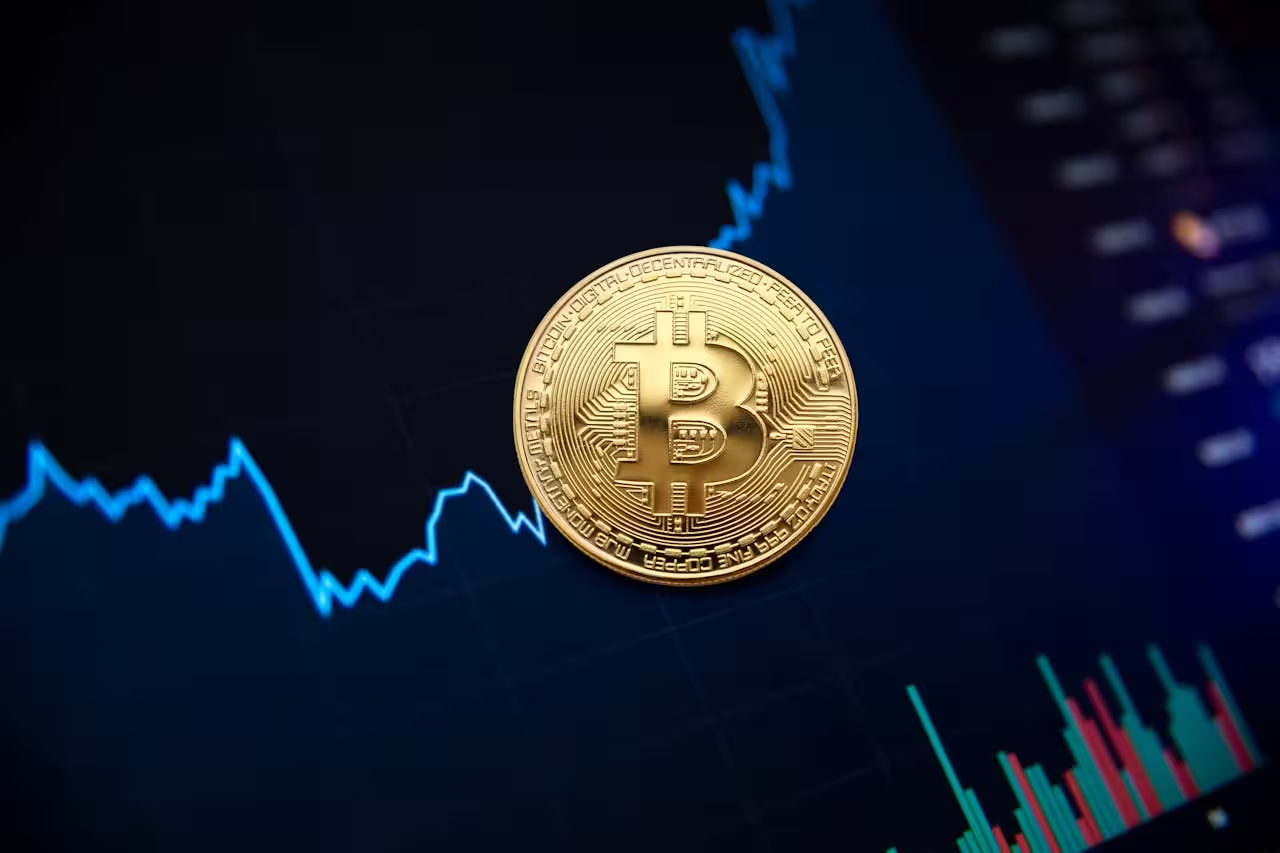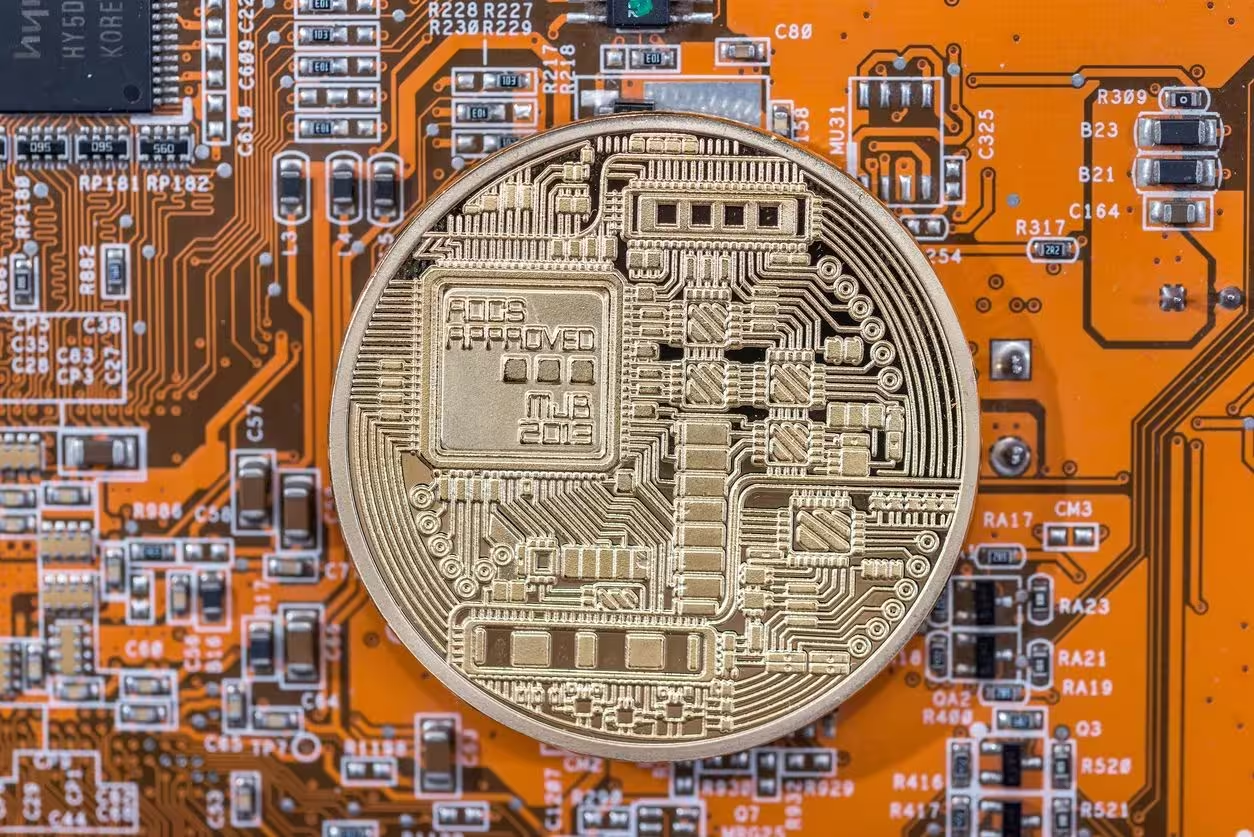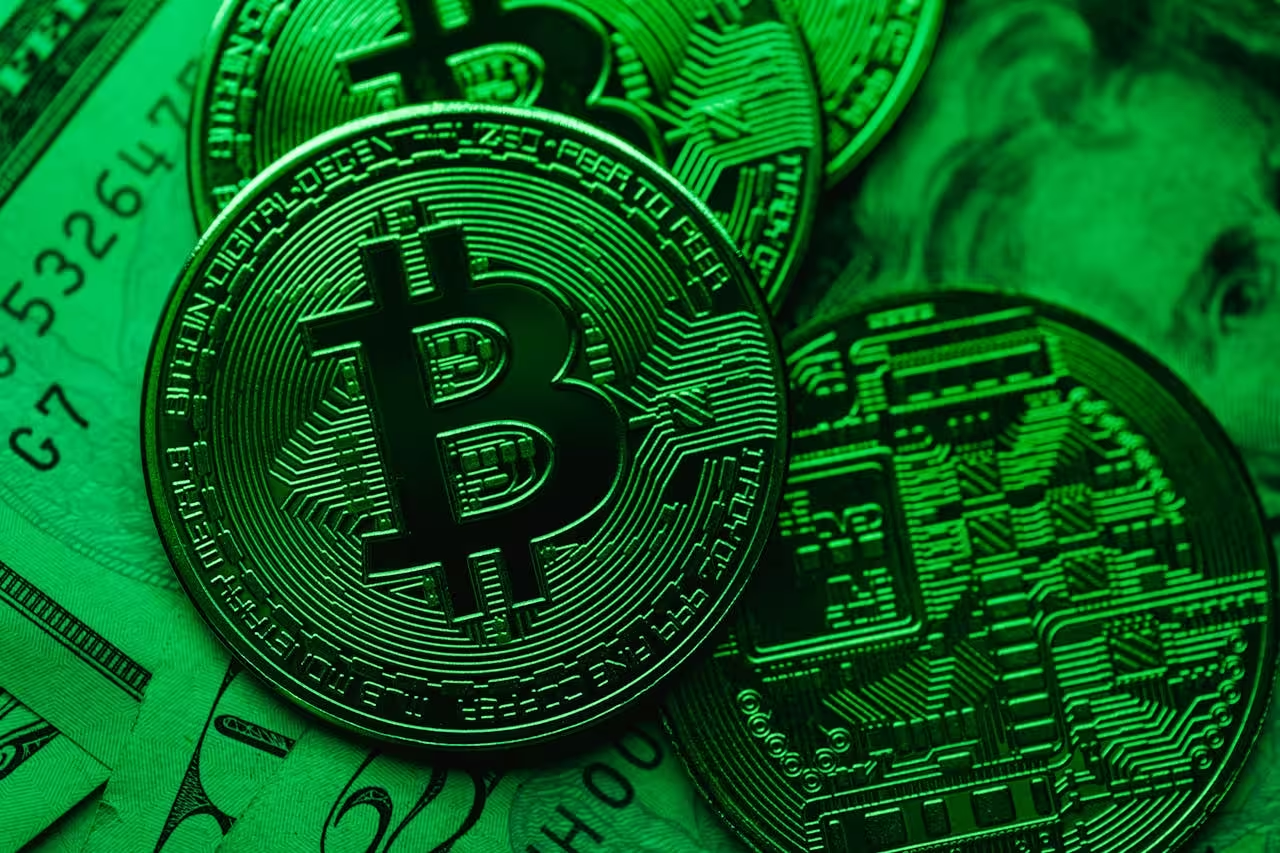Bitcoin’s Price Dips Below $93K: First Movers in the Americas React to the Correction
The cryptocurrency market is no stranger to volatility, and the recent correction that has driven Bitcoin’s price below $93,000 has stirred a mix of reactions across the globe. As one of the most significant events in the market this year, Bitcoin’s recent drop has raised eyebrows among both seasoned investors and newcomers to the space. … Read more









